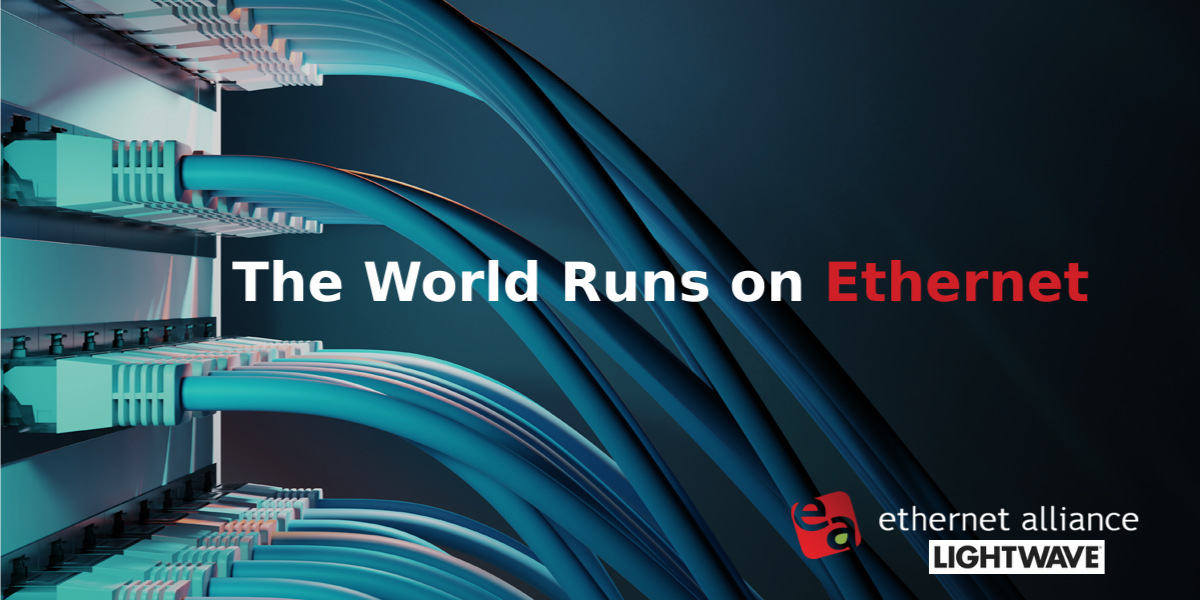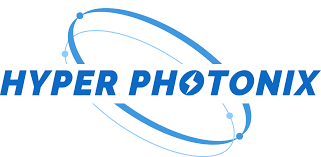Blazing a Trail to Higher-Speed Connectivity: HSN Plugfest at UNH-IOL
By David J. Rodgers, Sam Johnson, and Pavel Zivny
The Ethernet Alliance and University of New Hampshire – InterOperability Lab (UNH-IOL) have a long history of supporting the testing of new Ethernet standards and technologies. From signal integrity validation to protocol conformance, UNH-IOL serves as a technically collaborative and confidential environment for Ethernet product and service manufacturers and integrators.
In May 2023, UNH-IOL hosted Ethernet Alliance members in support of the Higher-Speed Networking (HSN) group’s mission to test the compliance and interoperability of new IEEE 802.3ck 100Gb-per lane products. With nearly 20 member companies participating from around the globe, technologies including switches, FPGAs, NICs, Smart NICs, IC evaluation boards, multiple test and measurement solutions, and interconnects encompassing passive and active copper (DAC,ACC), Active Optical Cables (AOCs), and optical modules were put through their paces.

100Gb Signaling and Physical Compliance Tests
With substantial emphasis placed on 100Gb signaling and physical compliance testing, more than 30 instances of detailed and specific signal integrity tests were completed, generating meaningful data for future compliance test evaluations. Overall, IEEE 802.3ck-based devices and systems were deemed generally interoperable, however, some minor incompatibilities were identified, with areas for improvement highlighted early in the development process.
Auto-Negotiation and Link Training
One key area of focus for testing the 100GbE hosts and devices centered on Auto-Negotiation and Link Training (AN/LT). With the adoption of IEEE 802.3.ck, AN/LT is exponentially more complicated and subsequently more important for establishing stable, operational links. The use of Direct Attach Copper (DAC) cables is preferred where applicable due to their reduced cost and power consumption, as compared to optical-based solutions. In turn, this preference drives the enhanced emphasis on AN/LT testing.
As noted by multiple member companies, not only is there a requirement to test to the letter of the .ck specification, additional corner case testing is also mandated to establish the robustness of the DUTs when connecting to marginally compliant link partners. The AN/LT testing perfectly exemplifies how implementation differences may lead to some links taking longer to come live or not coming up at all. In the end, it was a highly productive event with interoperability testing for 100Gb signaling and physical compliance tests.
Testing Interconnect Types
Another area of emphasis of testing resulted from the significant rise in supported interconnect types. Testing spanned a total of 30 systems/connector types across 110 interconnects, including DAC cables, active electrical cables with both linear and retimed components, AOCs, and multiple optical modules and over Ethernet speeds ranging from 25GbE to 800GbE.
Initial Interoperability Data
The plugfest demonstrated significant effort is still required to improve the overall functionality of the current high-speed Ethernet ecosystem, with special attention paid to 100G/lane link training, active cable support, and legacy speed support on new devices. Though previous events focused on cycling through a wide variety of cables between each host system, this plugfest centered primarily on debug and basic link enablement functionality.
Initial review of data collected shows a success rate of approximately 80% for establishing links across all configurations attempted, but this does not fully represent the total amount of time and effort required to establish some of those connections. Further complicating matters is the growing number of connector form factors, with testing completed on SFP, QSFP, QSFP-DD and OSFP-based form factors across a variety of supported bandwidths.
The preliminary interop data observations include:
- 30 host devices from 10 different system vendors were tested, grouped into 14 stations
- 11 host devices reported AN/LT support for 100G/lane protocols
- Results were collected from 60 out of 78 possible station pairings, and 78 unique devices + connector type combinations out of 203 possible
- 173 link ups out of 213 link attempts, resulting in an 80% success rate
- Data captured includes link status, link type, FLR/traffic, TTL, and reset tests
- 46 links established using 100G/lane technology over the multitude of interconnect solutions under test
- 100G/lane link established eight times using AN/LT, across six DAC assemblies
- Interconnects provided by six vendors, with links established on 90 out of 110 cables/modules in the interop test cable selection
The True Value of Plugfests: Actionable Insights
The true value of the plugfest format lies in the opportunity to unite vendors from across the ecosystem to gather actionable insights and prove out new technologies and specifications in a confidential and secure environment. With ever-increasing lane speeds and blossoming application support, interoperability testing has become a staple in asserting the compliance, conformance, and functionality of Ethernet-based communications. The Ethernet Alliance remains committed to its mission of supporting Ethernet interoperability, and will continue hosting plugfests for members and non-members alike. Visit our website for updates and announcements of future interoperability test events.





